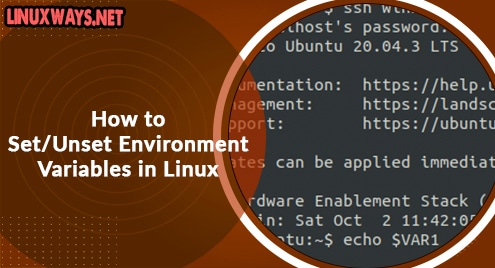Though laptops and desktops are very resilient, you should keep checking the health of the components to ensure the longevity. A data storage device is a core-component of any computer. The two main types are known as HDD aka Hard Disk Drive and SSD aka Solid-State Drive. The main differences between these two boils down to the price and the IO speeds, but that’s a discussion for another post. If you want to ensure that your computer performs optimally, it is crucial that your HDD/SSD performs well. In this post, we’ll outline the main ways how you can check the health of your HDD/SSD in Ubuntu 20.04.
Through the interface
With this method, you can perform the tests without much knowledge of terminal commands. You can start by opening up the “Disks” Application.
- You can either start by pressing the “window” key or by clicking on “Activities” in the upper left corner of the screen.
- When the text box for search pops up, type “Disks”, now click on the icon and launch the application.

Once the application opens up, it will list the data storage devices in your computer, as shown below. 
Select the HDD/SSD you want to test. Now:
- Open the options menu, it’s next to the minimize button.
- Select “SMART Data and Tests”

In the window that opens up, you’ll be able to see the status of your data storage device.

If there are multiple storage devices, you can go back to the previous window and select the other device to test it.
Through the terminal
Through the terminal, you’ll need to start by installing the SmartCtl package. In your terminal, type the following:
$sudo apt-get install smartmontools -y

Once done, you’ll need to start the service through the following command
$systemctl start smartd
Since you need the service running, you need to check the status of the service before running any tests. Type this command to check the status:
$systemctl status smartd
You’ll get an output similar to the following:
 Testing the health of your HDD/SSD
Testing the health of your HDD/SSD
Once the service has been started, get the information of your hard drive through the following command:
$sudo smartctrl -i /dev/sda

Now you can launch a short test, using the following command:
$sudo smartctl -t short -a /dev/sda
Through this short test, you’ll test the electrical and mechanical properties along with read/verify. You’ll get the following output.
Following a short testing, you can run a long test, using the following command:
$sudo smartctl -t long -a /dev/sda
Through this long test, you’ll get everything included in the short test along with much more.
If you want to inspect the overall health of your data storage device, type and run the following:
$sudo smartctl -d ata -H /dev/sda
You’ll get the following short output, and rather than stats, you’ll see if the test passed or failed.

If you want to explore all the possible options you can use with the smartctl command, you can pull it up by using the following:
$smartctl --help
You’ll get all the arguments and parameters you can mix and match to customize the tests as extensive and comprehensive as possible.
Conclusion
Throughout this post, you got to know about the multiple ways you can check the health of your Hard Disk Drives and Solid-State Drives. If you want to discuss any third-party tools, drop a comment below and let us know.





